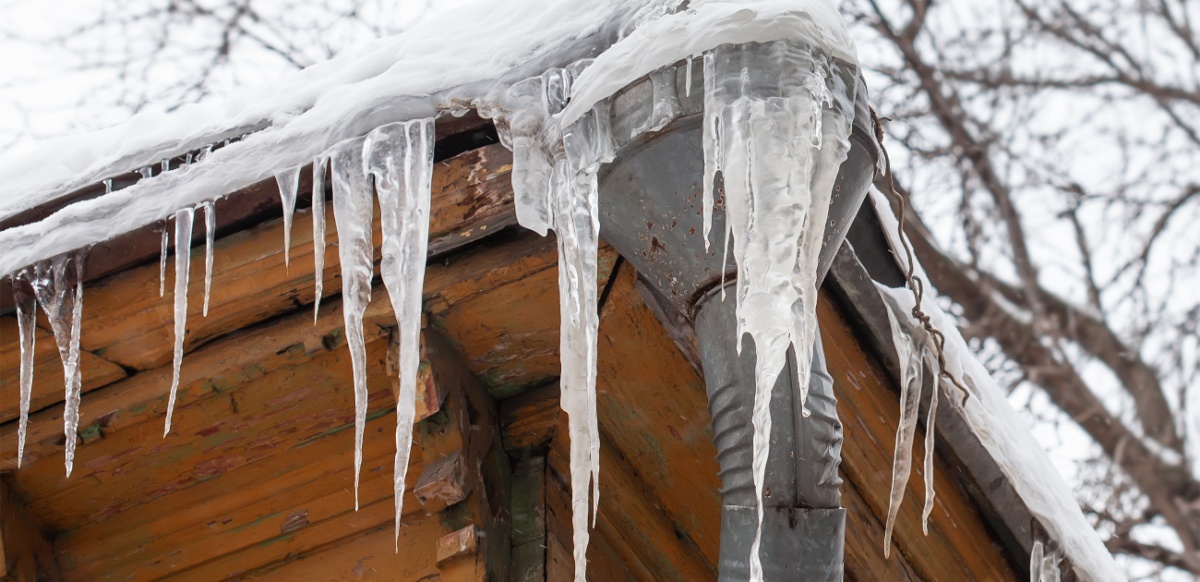We've stumbled upon this great article about Preventing and dealing with frozen pipes down the page on the net and thought it made perfect sense to share it with you on my blog.

Cold weather can ruin your plumbing, specifically by freezing pipes. Below's exactly how to stop it from occurring and what to do if it does.
Intro
As temperatures decrease, the threat of frozen pipelines rises, potentially bring about costly repair services and water damages. Understanding exactly how to stop frozen pipes is crucial for homeowners in cool climates.
Comprehending Frozen Pipes
What creates pipes to ice up?
Pipelines freeze when subjected to temperatures below 32 ° F (0 ° C) for extended durations. As water inside the pipes ices up, it expands, putting pressure on the pipeline wall surfaces and possibly triggering them to break.
Threats and damages
Icy pipelines can cause water supply interruptions, building damages, and pricey repair services. Burst pipes can flooding homes and cause extensive architectural damage.
Indicators of Frozen Water Lines
Identifying icy pipes early can avoid them from bursting.
Exactly how to recognize frozen pipelines
Look for reduced water circulation from faucets, uncommon smells or noises from pipes, and noticeable frost on revealed pipes.
Prevention Tips
Shielding at risk pipes
Wrap pipes in insulation sleeves or utilize warmth tape to safeguard them from freezing temperatures. Concentrate on pipelines in unheated or external locations of the home.
Heating techniques
Keep indoor rooms appropriately heated, particularly areas with pipes. Open cupboard doors to allow cozy air to distribute around pipelines under sinks.
Securing Outdoor Plumbing
Garden tubes and outdoor taps
Detach and drain yard tubes before winter season. Install frost-proof spigots or cover outside taps with protected caps.
What to Do If Your Pipelines Freeze
Immediate actions to take
If you presume icy pipelines, maintain taps open to relieve stress as the ice thaws. Make use of a hairdryer or towels soaked in warm water to thaw pipelines slowly.
Long-Term Solutions
Architectural adjustments
Take into consideration rerouting pipes away from outside wall surfaces or unheated locations. Include extra insulation to attic rooms, cellars, and crawl spaces.
Updating insulation
Buy high-grade insulation for pipelines, attics, and walls. Proper insulation helps preserve constant temperatures and decreases the danger of frozen pipes.
Conclusion
Avoiding frozen pipes requires aggressive actions and quick feedbacks. By recognizing the reasons, indications, and preventive measures, house owners can secure their pipes during winter.
5 Ways to Prevent Frozen Pipes
Drain Outdoor Faucets and Disconnect Hoses
First, close the shut-off valve that controls the flow of water in the pipe to your outdoor faucet. Then, head outside to disconnect and drain your hose and open the outdoor faucet to allow the water to completely drain out of the line. Turn off the faucet when done. Finally, head back to the shut-off valve and drain the remaining water inside the pipe into a bucket or container. Additionally, if you have a home irrigation system, you should consider hiring an expert to clear the system of water each year.
Insulate Pipes
One of the best and most cost-effective methods for preventing frozen water pipes is to wrap your pipes with insulation. This is especially important for areas in your home that aren’t exposed to heat, such as an attic. We suggest using foam sleeves, which can typically be found at your local hardware store.
Keep Heat Running at 65
Your pipes are located inside your walls, and the temperature there is much colder than the rest of the house. To prevent your pipes from freezing, The Insurance Information Institute suggests that you keep your home heated to at least 65 degrees, even when traveling. You may want to invest in smart devices that can keep an eye on the temperature in your home while you’re away.
Leave Water Dripping
Moving water — even a small trickle — can prevent ice from forming inside your pipes. When freezing temps are imminent, start a drip of water from all faucets that serve exposed pipes. Leaving a few faucets running will also help relieve pressure inside the pipes and help prevent a rupture if the water inside freezes.
Open Cupboard Doors
Warm your kitchen and bathroom pipes by opening cupboards and vanities. You should also leave your interior doors ajar to help warm air circulate evenly throughout your home.

I found that write up about How To Avoid Freezing Pipes while browsing the web. Sharing is good. One never knows, you could be helping someone out. I love reading our article about How to prepare your home plumbing for winter weather.
Request Estimate